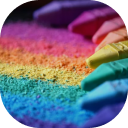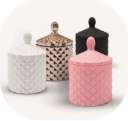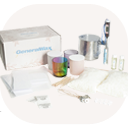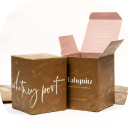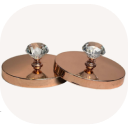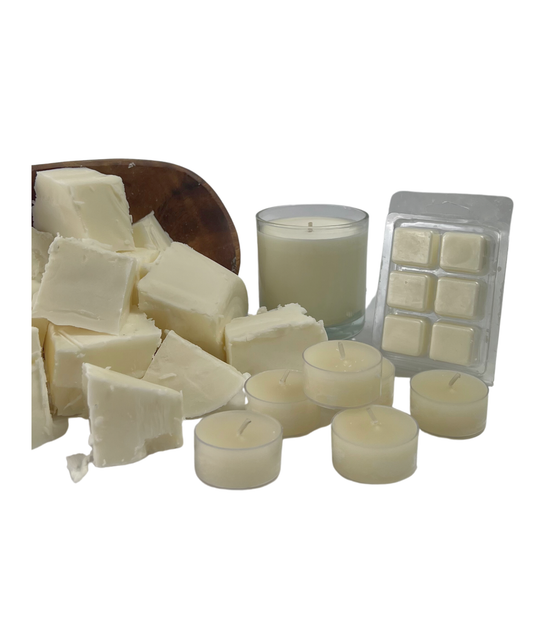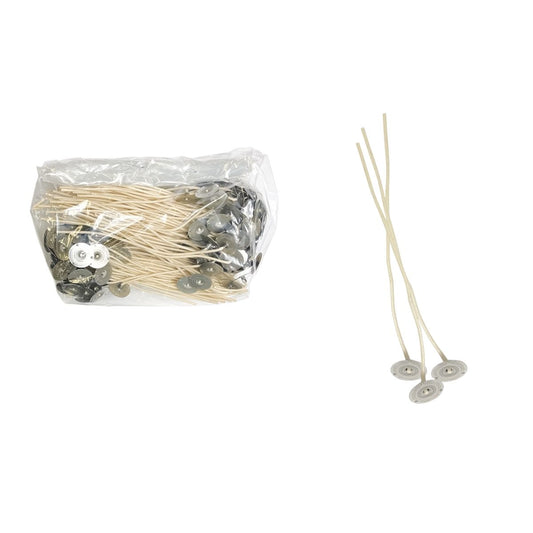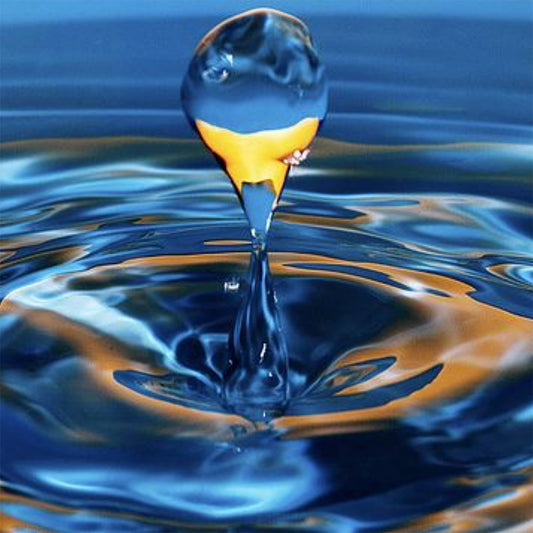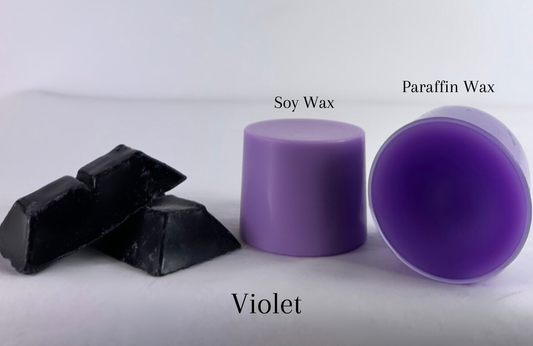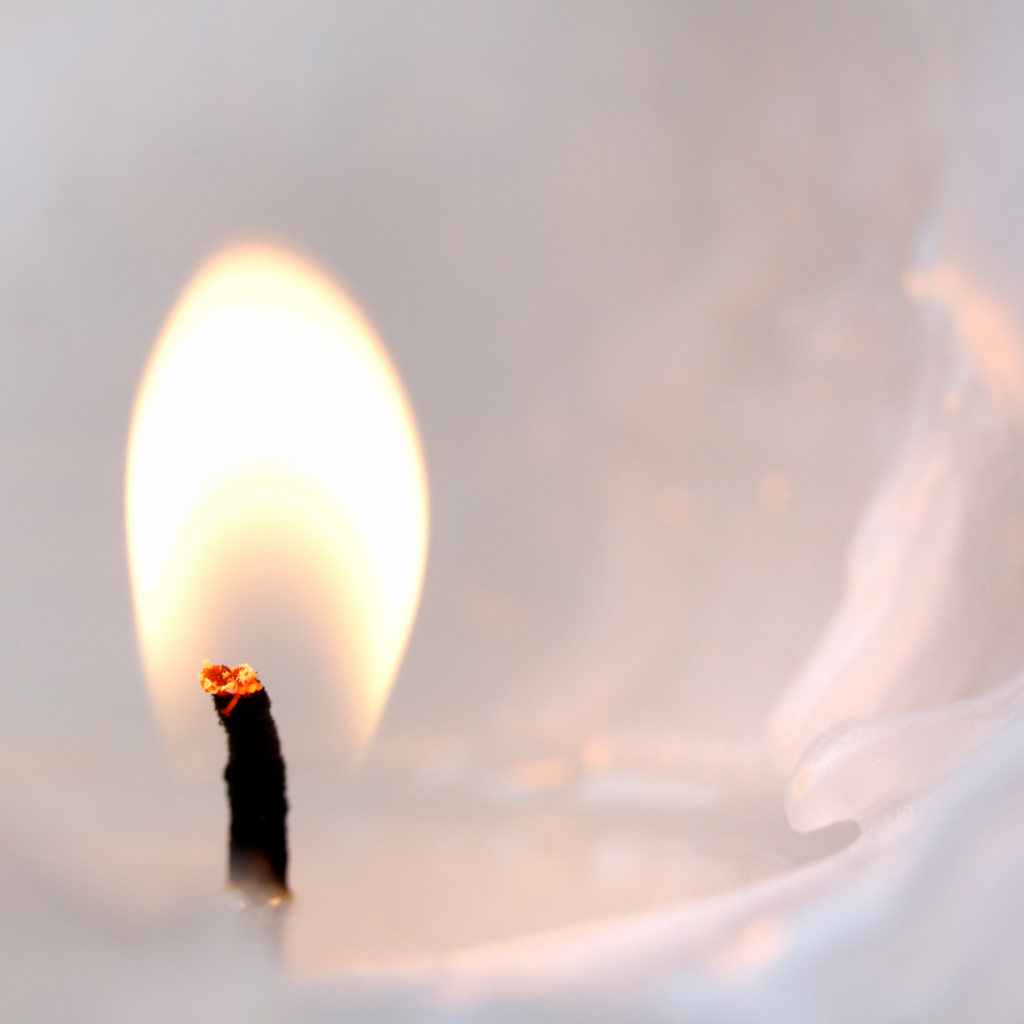
Candle-making tips: Why is my candle flame so small?
SonaShare
Candle making can become very technical and is an ongoing process of trial and error, but it's important to know that if you are experiencing issues such as low flame and little to no melt pool it can be attributed to multiple things, here we will go over the different factors that can contribute to this problem.
To begin, in order for a candle to burn properly it needs fuel/oxygen. When it comes to candle making if your candle lacks fuel/ oxygen this will affect your candle's flame. Your candle gets its fuel/oxygen from the wax. Reasons your candle may not be receiving any fuel/oxygen could be because of fragrance oil overload, too much dye added to wax, or the wrong wick size.
Moreover, if ingredients are overloaded this can lead to your wick becoming clogged and not being able to perform at its best. It could also be as simple as your wick being the wrong size for the vessel you are currently using.
So let's get to the details, what does it mean to overload your candle with additional ingredients?
Candle-making tips № 1. What does it mean to overload fragrance oils?

First, it’s important to know that when crafting scented candles it's important to use fragrance oils that are meant or can be used for candle making. Fragrance oils are great when you want to create a scented candle(s), but if you add too much fragrance oils it can alter the size of your flame meaning it becomes clogged by an overload of oils.
When you light a candle it may look like the melt pool is what is creating the scent, you’d be surprised to know that the melt pool is not entirely where the scent is derived from. When a candle is burning, for it to burn properly the wax and fragrance oil must travel up through the wick igniting the scent but if there is an overload this burn flow will be altered.
Fragrance oil overload can also contribute to a mushrooming wick which can also affect your candle flame. Most waxes have a recommended fragrance oil load of 3% - 12% max. It is important to follow recommended instructions.
Candle-making tips № 2. Why does it matter how much dye I add?

Candle making dye, much like fragrance oils can also overload your wax which can lead to clogging your wick if too much dye is being added to your melted wax. We recommend adding your dye into your wax moderately and testing the color by scooping some of the wax on a spoon and placing it on a paper towel and letting the color set to ensure you have the right color.
Candle-making tips № 3. What are the effects of having the wrong wick?


Having the wrong sized wick can affect your candle greatly in the way that if you have a wick that is too small it can lead to clogging as it may drown in wax as well as not be able to create the proper sized burn pool.
If your wick is too large it can cause the wick to get smaller as it will create a large melt pool that the wick may curl into. Additionally, if you have too many wicks it can cause the wicks to droop as it will also create a large melt pool, as well as cause a low flame as each wick will be taking up fuel/oxygen.
Problem-solving

In order to fix these issues, you must test everything, meaning remeasuring the amount of ingredients you are using and craft “test candles. Thus, meaning you must try reducing the amount of dye being used as well as fragrance oils. You must also test wick size meaning you must increase wick size or reduce wick size depending on what is happening to your flame. You may also want to try different candle containers as well as wax blends.
The key to candle-making is to test test TEST. Test everything to ensure you are crafting not only a quality candle but a safe quality candle.


